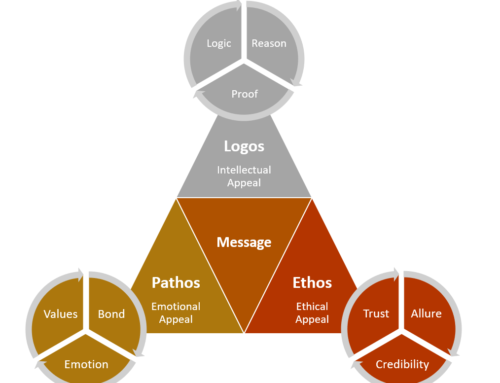
Getting Things Done
Getting Control of Your Life: The Five Steps of Mastering Workflow
We
(1)capture what has our attention;
(2)clarify what each item means and what to do about it;
(3)organize the results, which presents the options we
(4)reflection, which we then choose to
(5)engage with.
This constitutes the management of the horizontal aspect of our lives, incorporating everything that we need to consider at any time, as we move forward moment to moment.
The quality of our workflow management is only as good as the weakest link in this five-phase chain, so all the links must be integrated and supported with consistent standards.
Most people have major weaknesses in their (1)capture process. Most of their commitments to do something are still in their head. That doesn’t work. Isn’t reliable
Many have collected lots of things but haven’t (2)clarified exactly what they represent or decided what action, if any, to take about them. Random lists strewn everywhere.
Others make good decisions about stuff in the moment but lose the value of that thinking because they don’t efficiently (3)organize the results. They determined they should talk to their boss about something, but a reminder of that lies only in the dark recesses of their mind, unavailable in the appropriate context, in a trusted format, when they could use it.
Still others have good systems but don’t (4)reflect on the contents consistently enough to keep them functional. They may have lists, plans, and various checklists available to them (created by capturing, clarifying, and organizing), but they don’t keep them current or access them to their advantage.
Finally, if any one of these previous links is weak, what someone is likely to choose to (5)engage in at any point in time may not be the best option. Most decisions for action and focus are driven by the latest and loudest inputs, and are based on hope instead of trust.


